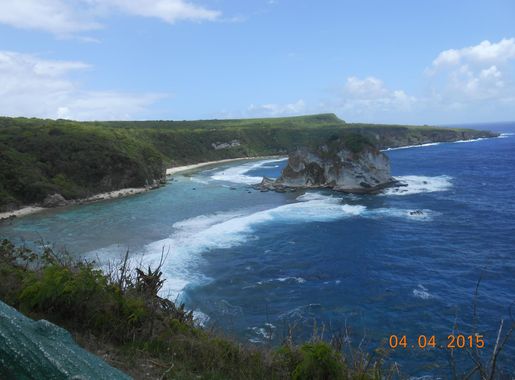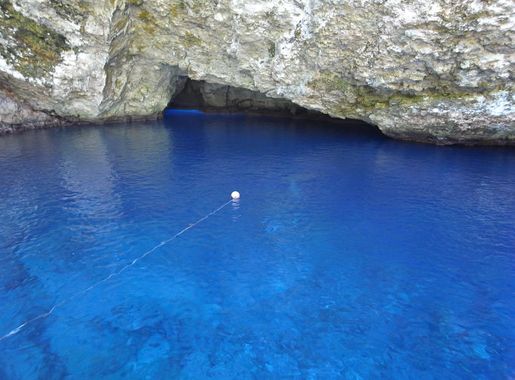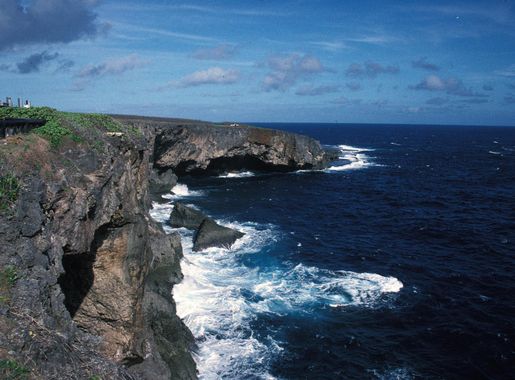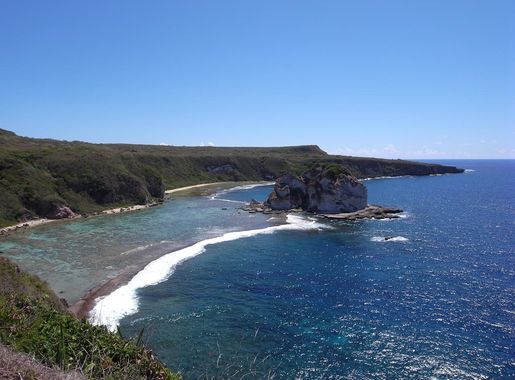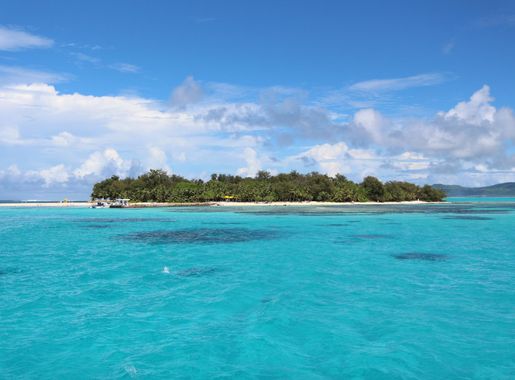
San Roque: A Tranquil Gem in the Northern Mariana Islands
Discover the tranquil beauty and rich cultural heritage of San Roque, a hidden gem in the Northern Mariana Islands, perfect for nature lovers and history enthusiasts.
Nestled on the serene island of Saipan, San Roque is a small village that offers a peaceful retreat for those looking to escape the hustle and bustle of city life. With its pristine beaches, lush greenery, and rich cultural heritage, San Roque is a paradise waiting to be explored. The village is known for its stunning natural beauty, which includes white sandy beaches and crystal-clear waters perfect for swimming, snorkeling, and diving. The nearby Bird Island provides a sanctuary for a variety of bird species, making it a must-visit for nature lovers. Additionally, the Grotto, a world-renowned diving spot, is just a short drive away, offering an underwater adventure like no other. San Roque is also steeped in history and culture. Visitors can explore ancient Chamorro sites and learn about the island's past through local museums and cultural centers. The village is home to friendly locals who are always eager to share their traditions and stories, providing an authentic and enriching experience for all who visit.
Local tips in San Roque
- Visit Bird Island in the early morning to catch the best views and avoid the midday heat.
- Rent a car to explore the surrounding areas and make the most of your visit.
- Try the local Chamorro cuisine at small village eateries for an authentic taste of the island.
- Bring cash as some local shops and restaurants may not accept credit cards.
- Respect local customs and traditions; always ask for permission before taking photos of people or sacred sites.
San Roque: A Tranquil Gem in the Northern Mariana Islands
Nestled on the serene island of Saipan, San Roque is a small village that offers a peaceful retreat for those looking to escape the hustle and bustle of city life. With its pristine beaches, lush greenery, and rich cultural heritage, San Roque is a paradise waiting to be explored. The village is known for its stunning natural beauty, which includes white sandy beaches and crystal-clear waters perfect for swimming, snorkeling, and diving. The nearby Bird Island provides a sanctuary for a variety of bird species, making it a must-visit for nature lovers. Additionally, the Grotto, a world-renowned diving spot, is just a short drive away, offering an underwater adventure like no other. San Roque is also steeped in history and culture. Visitors can explore ancient Chamorro sites and learn about the island's past through local museums and cultural centers. The village is home to friendly locals who are always eager to share their traditions and stories, providing an authentic and enriching experience for all who visit.
When is the best time to go to San Roque?
Iconic landmarks you can’t miss
Kensington Hotel Saipan
Discover the luxurious Kensington Hotel Saipan, a stunning beachfront retreat in the Northern Mariana Islands, perfect for relaxation and adventure.
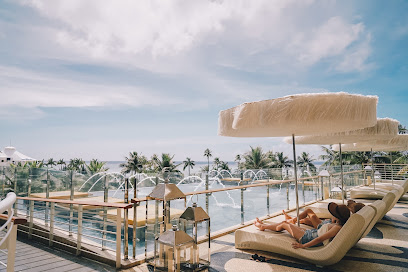
The Grotto
Discover the breathtaking beauty of The Grotto in Saipan, a stunning marine cavern perfect for snorkeling, diving, and unforgettable natural scenery.
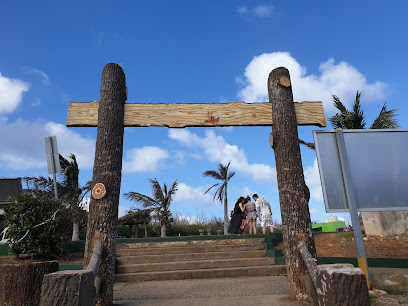
American Memorial Park
Explore the serene beauty and historical significance of American Memorial Park in Saipan, a tribute to the sacrifices of World War II.
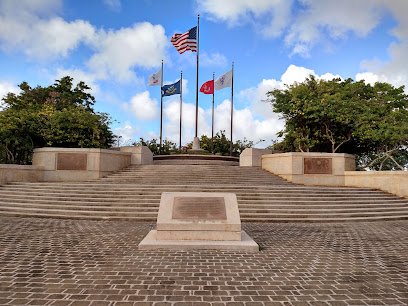
Suicide Cliff
Experience the breathtaking views and poignant history at Suicide Cliff, a historical landmark in Saipan, Northern Mariana Islands.
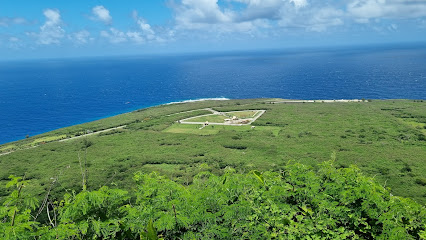
Last Japanese Command Post
Explore the Last Japanese Command Post in Saipan, a historical landmark that reveals the island's WWII significance and breathtaking views.
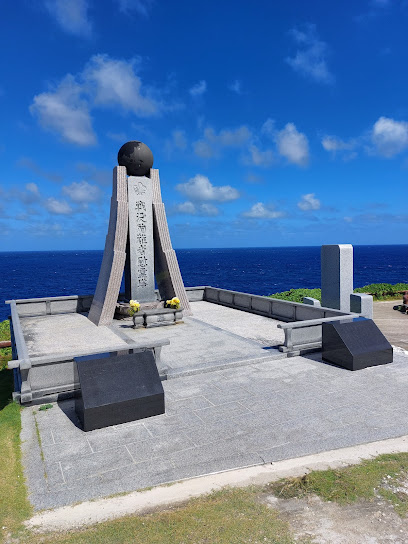
Taga Beach
Discover the serene beauty of Taga Beach, a pristine public beach in Tinian, Northern Mariana Islands, perfect for relaxation and exploration.
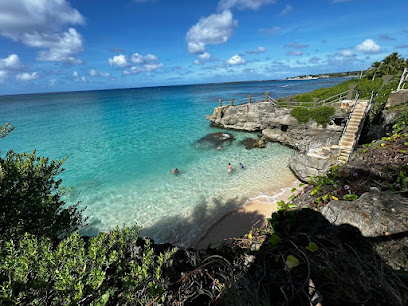
Mariana Lighthouse Saipan USA / 마리아나 라이트하우스 사이판
Experience breathtaking views and exquisite flavors at Mariana Lighthouse, Saipan's premier restaurant, bar, and café.
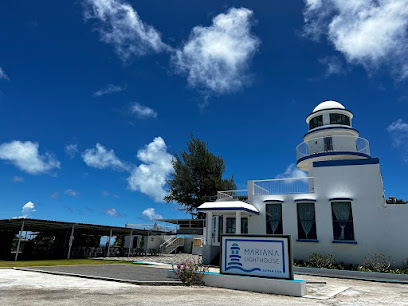
Kalabera Cave
Explore the enchanting Kalabera Cave in Saipan, a historical treasure rich in cultural heritage and stunning natural formations.
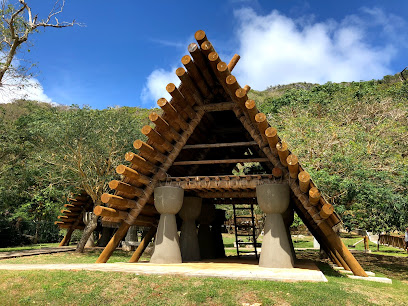
Kristo Rai Bell Tower
Discover the historical beauty of Kristo Rai Bell Tower in Garapan, a symbol of faith and culture in the Northern Mariana Islands.
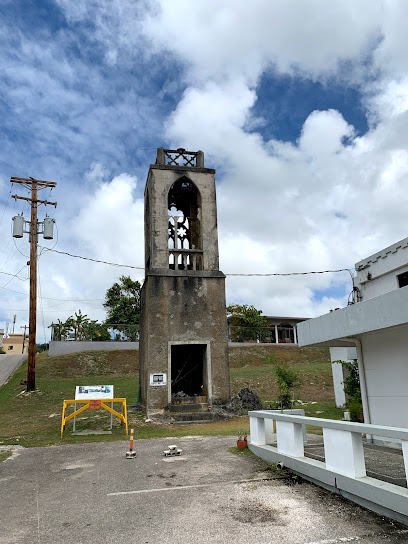
House of Taga
Discover the House of Taga, a historical site in Tinian featuring ancient latte stones and rich Chamorro culture, perfect for history lovers and explorers.
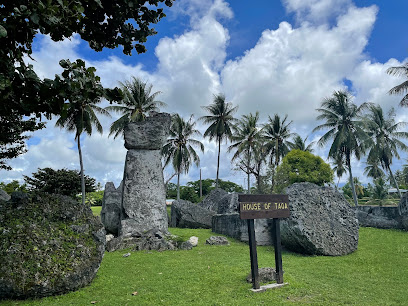
Chulu Beach
Discover the serenity of Chulu Beach, a pristine public beach in Tinian with soft sands, crystal-clear waters, and breathtaking sunsets.
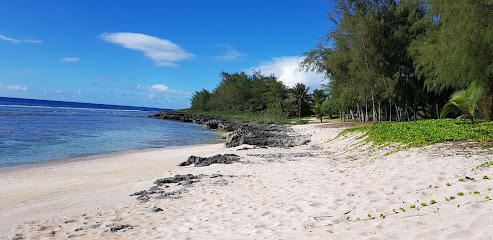
Santa Lourdes Shrine
Experience the spiritual serenity and cultural richness of Santa Lourdes Shrine, a peaceful retreat in Saipan's beautiful landscape.
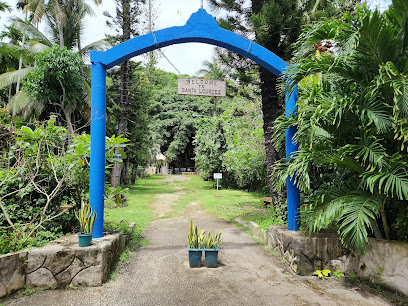
No 1 Bomb Loading Pit
Discover the rich history of the No 1 Bomb Loading Pit, a significant World War II landmark on Northern Tinian Island, surrounded by stunning natural beauty.
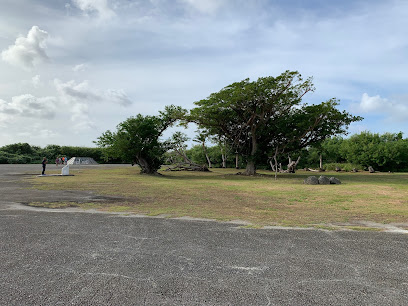
SAN ROQUE MARKET
Discover the vibrant culture and flavors of Saipan at San Roque Market, a bustling hub for local produce, delicacies, and unique artisan goods.

Chugai' Pictograph Site
Explore the ancient rock art at Chugai' Pictograph Site, a historical landmark reflecting the rich heritage of the Northern Mariana Islands.
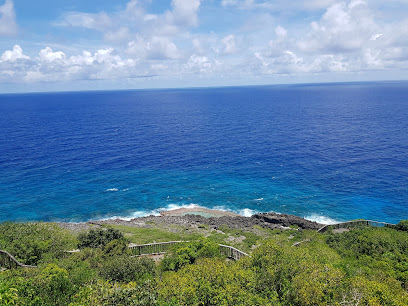
Unmissable attractions to see
Saipan World Resort
Experience the ultimate tropical escape at Saipan World Resort, where luxury meets adventure in the heart of the Northern Mariana Islands.

Bird Island Observatory
Explore the stunning Bird Island Observatory in Saipan, a must-visit for nature lovers and photographers seeking breathtaking views and serene surroundings.
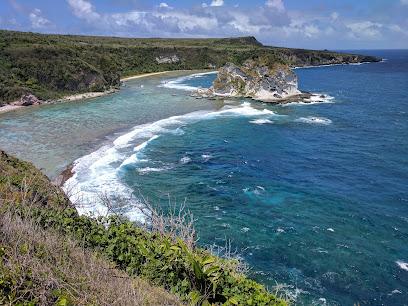
Suicide Cliff
Experience the breathtaking views and rich history at Suicide Cliff, a stunning landmark in Saipan that captivates every visitor.

Last Japanese Command Post
Explore the Last Japanese Command Post, a poignant historical landmark in Saipan that offers insights into World War II with stunning island views.
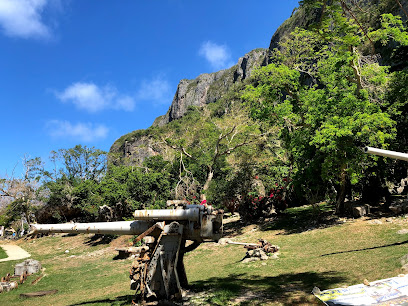
Essential places to dine
Surf Club Saipan Restaurant
Experience culinary bliss at Surf Club Saipan Restaurant – where local flavors meet island vibes in paradise.
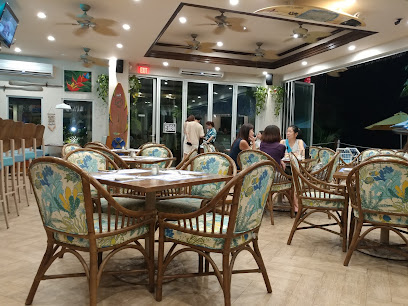
Spicy Thai Noodle Place
Experience authentic Thai flavors at Spicy Thai Noodle Place in Garapan - a delightful escape for food lovers visiting Saipan.
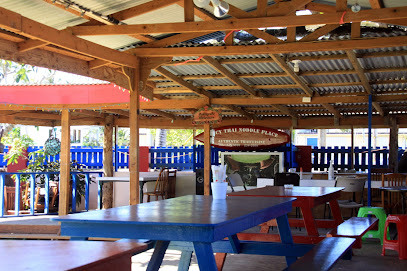
J's Restaurant
Experience flavorful local and international cuisine at J's Restaurant in Capitol Hill, Saipan - where taste meets affordability.
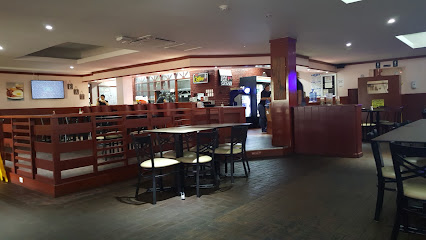
Himawari Restaurant
Discover authentic Japanese cuisine at Himawari Restaurant in Garapan, where fresh ingredients meet exquisite flavors for an unforgettable dining experience.
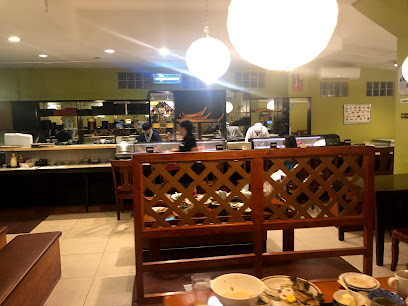
Herman's Modern Bakery
Discover Herman's Modern Bakery in Saipan - where fresh pastries meet hearty breakfasts in a warm and inviting atmosphere.

Oleai Beach Bar & Grill
Discover Oleai Beach Bar & Grill: A Tropical Paradise for Food Lovers on Saipan's Stunning Shores.
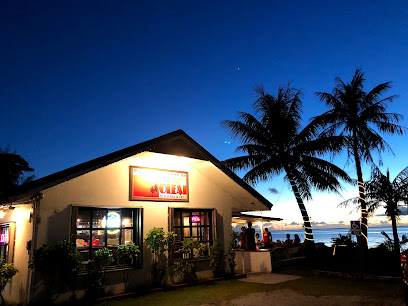
360° Restaurant
Discover 360° Restaurant: A culinary gem in Saipan offering breathtaking views and exquisite local flavors.
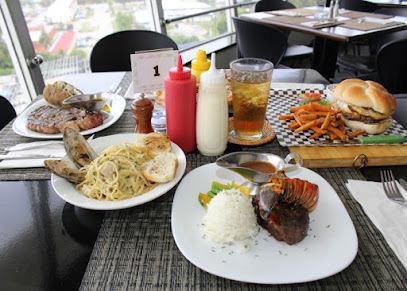
Plumeria Steakhouse
Experience culinary excellence at Plumeria Steakhouse in Saipan—where every meal is a celebration of flavor and hospitality.
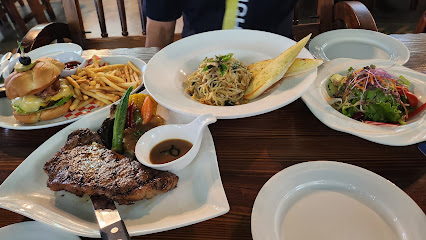
Jonny's Bar & Grill
Experience the vibrant flavors and lively atmosphere at Jonny's Bar & Grill in Garapan – where every meal feels like a celebration.
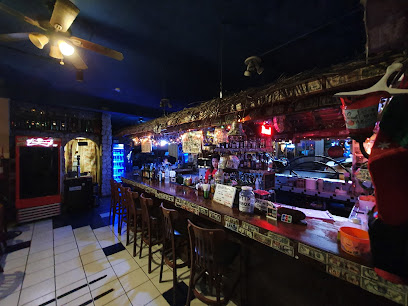
Country House Restaurant
Discover a unique blend of local flavors and international cuisine at Saipan's Country House Restaurant - where every meal is a culinary adventure.
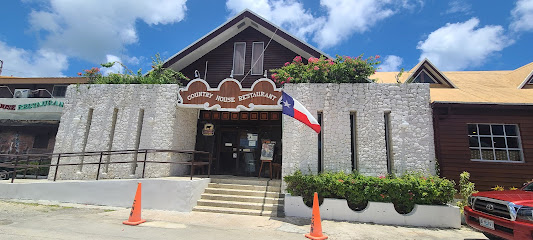
Giovanni's
Experience authentic Italian cuisine at Giovanni's in Saipan - where every dish tells a story of tradition and flavor.
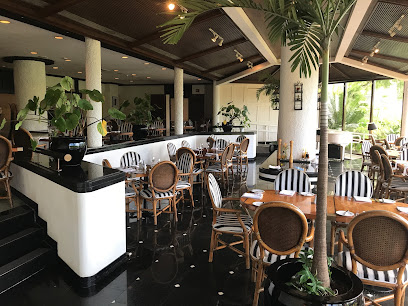
Mariana Lighthouse Saipan USA / 마리아나 라이트하우스 사이판
Experience breathtaking views and delicious local cuisine at Mariana Lighthouse in Saipan - where every meal is a feast for the senses.
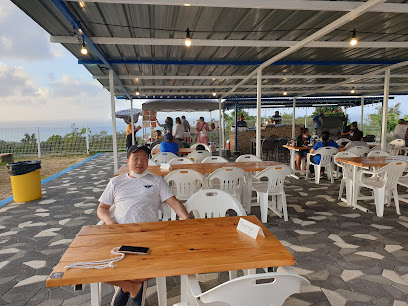
Casa Urashima
Discover the flavors of Tinian at Casa Urashima – where authentic cuisine meets island hospitality in the heart of Northern Mariana Islands.
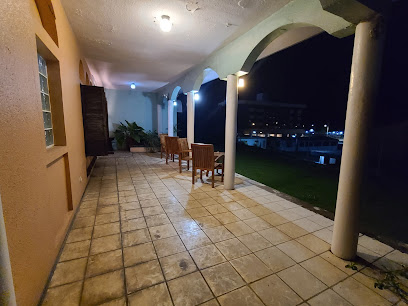
Poki Yaki
Experience authentic Hawaiian flavors at Poki Yaki in Garapan, where fresh ingredients meet island-inspired creativity.
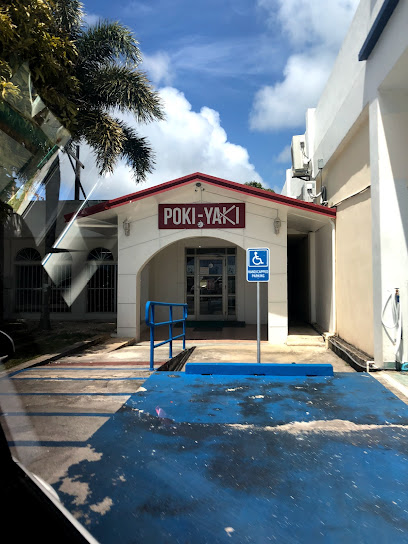
The Original Lucky Bill
Experience authentic Thai flavors at The Original Lucky Bill in Garapan – where every dish tells a story of tradition and taste.
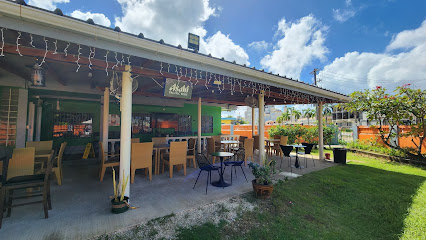
Markets, malls and hidden boutiques
I Love Saipan
Explore I Love Saipan for unique souvenirs and stylish clothing that capture the spirit of the Northern Mariana Islands.

T Galleria by DFS, Saipan
Explore T Galleria by DFS, Saipan for an unforgettable shopping experience featuring duty-free luxury goods, fashion, beauty supplies, and more.
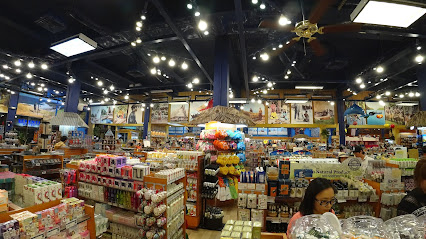
JOETEN HAFA ADAI SHOPPING CENTER
Explore the vibrant Joeten Hafa Adai Shopping Center in Saipan for unique local products and a delightful shopping experience.
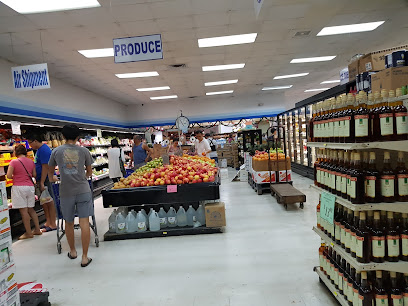
Marianas Creations
Explore the vibrant world of Marianas Creations, where art and culture of the Northern Mariana Islands come together in an inviting gift shop and café.
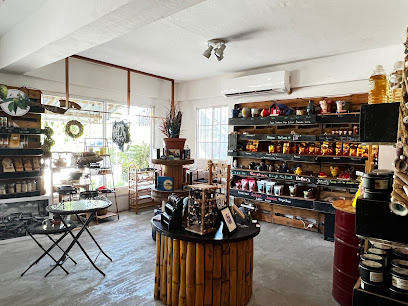
Welcome Supermarket
Discover the charm of Saipan at Welcome Supermarket, where local flavors and global products await your exploration and enjoyment.
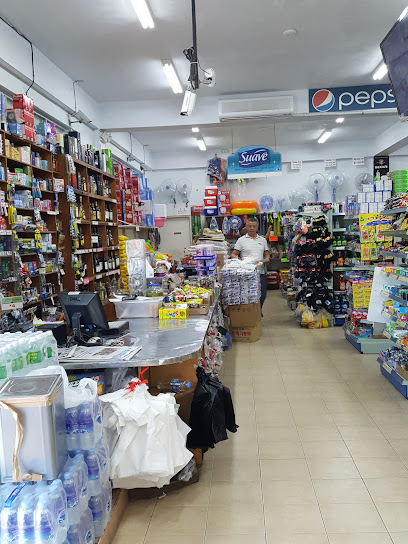
New Sara Market
Explore the diverse offerings of New Sara Market, your gateway to local delicacies and everyday essentials in Capitol Hill, Saipan.
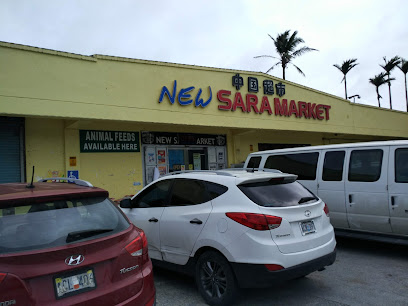
ABC Stores #702
Discover unique souvenirs and local treasures at ABC Stores #702 in Garapan, your go-to gift shop and convenience store in Saipan.
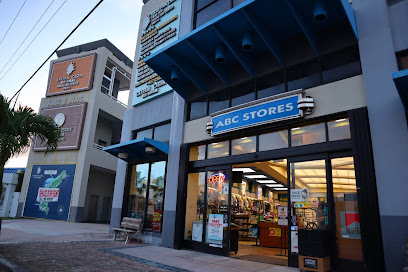
I Mart
Explore I Mart in Saipan for a unique shopping experience filled with local flavors and vibrant culture.

Mamastore 마마스토아
Discover unique souvenirs and local handicrafts at Mamastore in Saipan, a vibrant gift shop reflecting the Northern Mariana Islands' rich culture.
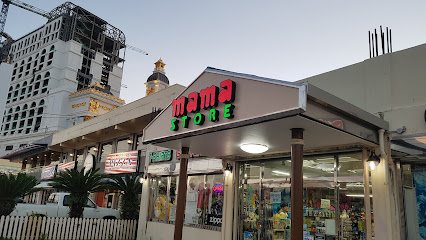
Martha's Store
Discover the charm of Martha's Store in Garapan, Saipan – your go-to grocery for local produce, snacks, and island souvenirs.
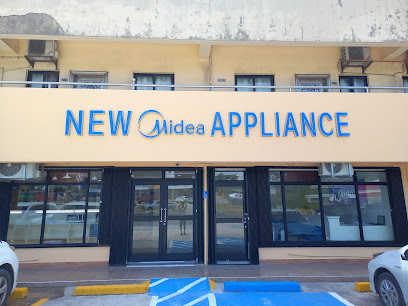
Winscos Supermarket
Discover the vibrant Winscos Supermarket in Saipan, your go-to destination for local flavors, fresh produce, and essential goods.
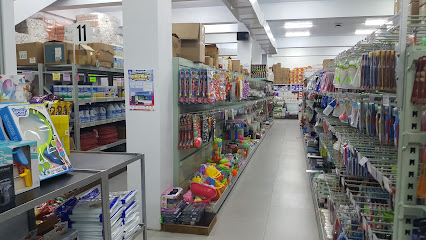
SAN ROQUE MARKET
Explore the colorful San Roque Market in Saipan for local produce, crafts, and a taste of Northern Mariana Islands culture.

Hybrid Shop
Explore the vibrant offerings of Hybrid Shop in Garapan, Saipan, where unique gifts, stylish clothing, and local treasures await every visitor.
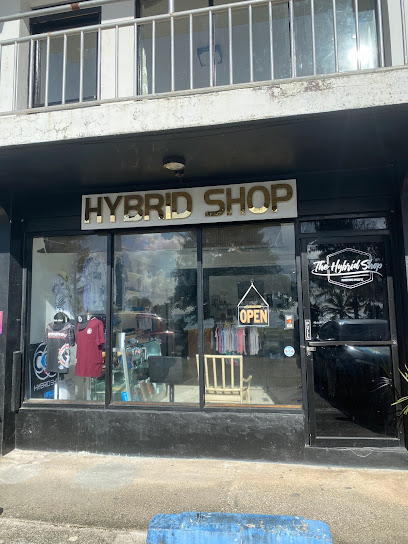
Bargain center
Discover stylish clothing at unbeatable prices at Bargain Center in Saipan, a must-visit destination for savvy shoppers.
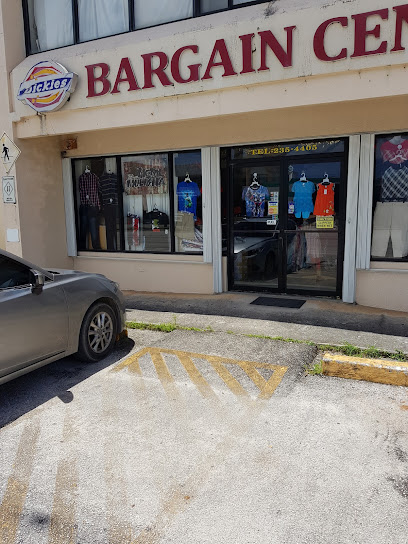
Made In Saipan
Explore Made In Saipan: Your destination for unique gifts and locally crafted treasures in the heart of Garapan, Northern Mariana Islands.
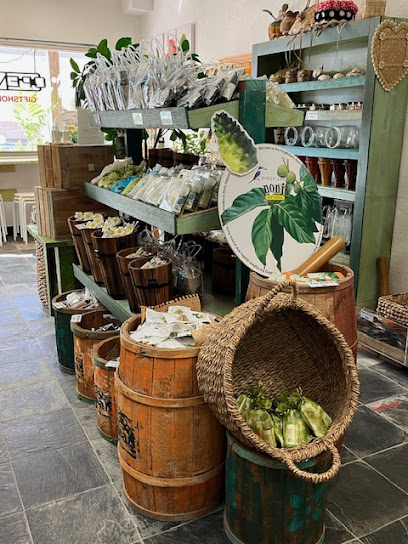
Essential bars & hidden hideouts
Surf Club Saipan Restaurant
Experience the flavors of Saipan at Surf Club Saipan, where delicious seafood meets stunning ocean views in a vibrant atmosphere.
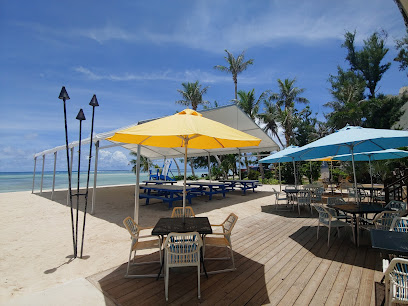
The Shack, Saipan
Experience the delightful flavors of Saipan at The Shack, your go-to spot for breakfast, lunch, and delicious crepes in the Northern Mariana Islands.
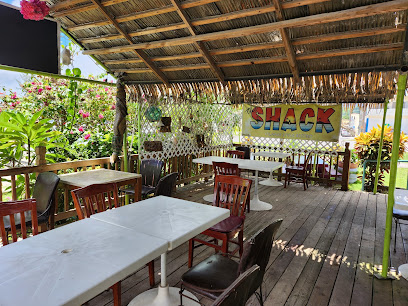
J's Restaurant
Discover the culinary treasures of Saipan at J's Restaurant, where fresh local ingredients meet a welcoming atmosphere.
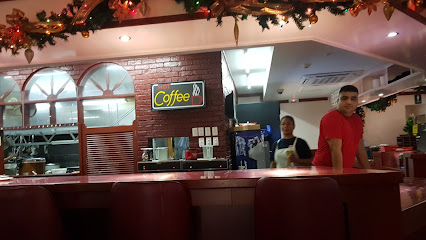
Godfather's Bar
Discover the lively nightlife and friendly atmosphere at Godfather's Bar in Saipan, offering great drinks and live music for an unforgettable evening.
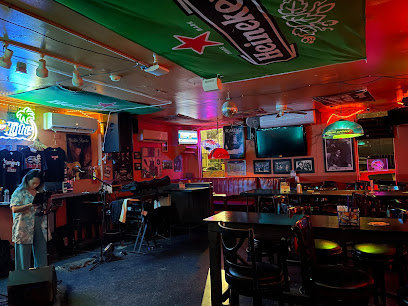
Oleai Beach Bar & Grill
Discover the beauty of Saipan at Oleai Beach Bar & Grill, where fresh seafood and stunning views create unforgettable moments.
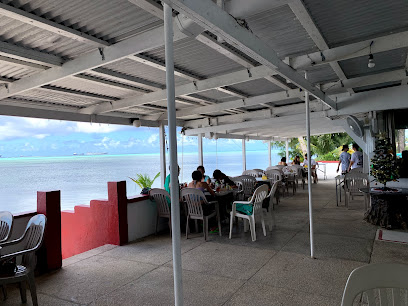
Naked Fish Bar & Grill
Experience the vibrant tastes of Saipan at Naked Fish Bar & Grill, where fresh seafood and live music create unforgettable dining moments.
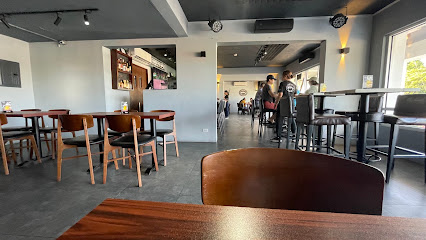
Jonny's Bar & Grill
Discover the perfect blend of delicious cuisine and vibrant nightlife at Jonny's Bar & Grill in Garapan, Saipan.
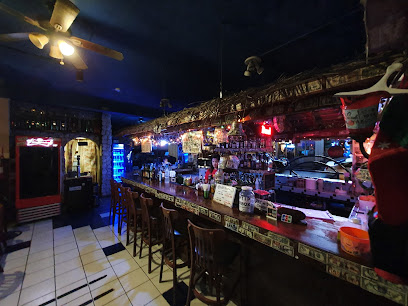
MORAE Kitchen and Bar
Discover the flavors of Saipan at MORAE Kitchen and Bar, where local ingredients meet culinary excellence in a vibrant beachside setting.
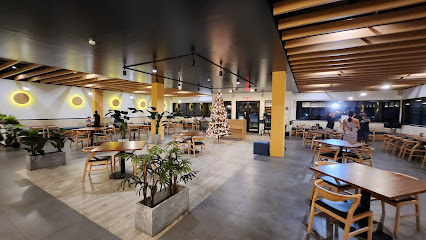
Welcome Supermarket
Discover convenience and local flavors at Welcome Supermarket, your go-to destination for grocery shopping in Saipan, Northern Mariana Islands.
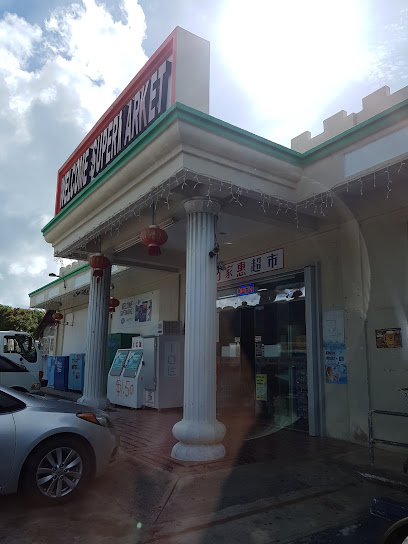
True North Bar And Grill
Discover the vibrant island atmosphere with delicious grilled cuisine and live music at True North Bar And Grill in Saipan.
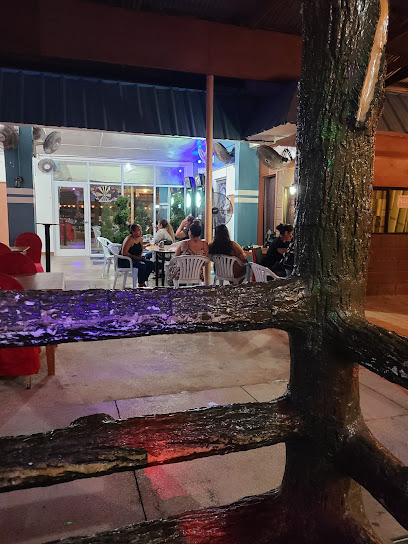
Bar-K Diner & Dine-In
Discover the delightful tastes of Western cuisine in Tinian at Bar-K Diner, where every meal is a flavorful experience.
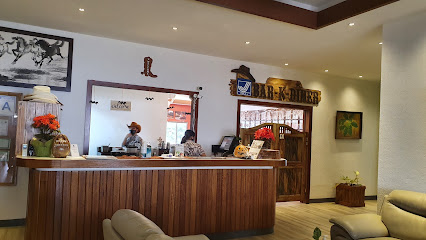
Safehouse Bar
Discover Safehouse Bar, a lively nightlife spot in Garapan, Saipan, offering delicious drinks and a vibrant atmosphere for unforgettable evenings.

Tapped Out
Experience the vibrant flavors of Saipan at Tapped Out, where local craft beers and delectable dishes come together in a welcoming ambiance.
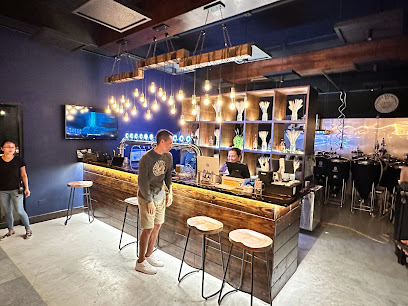
Bourbon Street Cafe Bar Restaurant
Experience the vibrant culinary scene of Saipan at Bourbon Street Cafe, where American flavors meet island hospitality.
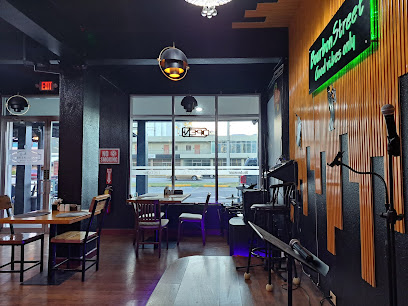
Joe's Bar and Steak House
Discover Saipan's culinary gem at Joe's Bar and Steak House, where delicious steaks meet a vibrant bar atmosphere for an unforgettable dining experience.
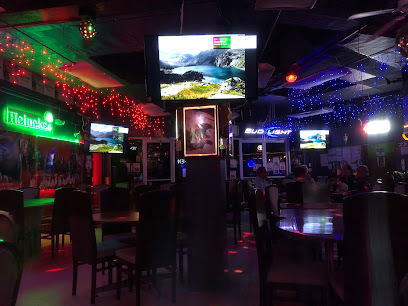
Local Phrases
-
- HelloHafa Adai
[HAH-fah ah-DIE] - GoodbyeAdios
[ah-DYOHSS] - YesHao
[HAH-oh] - NoTi
[TEE] - Please/You're welcomeMungnga
[MOONG-ngah] - Thank youSi Yu'us Ma'ase
[see YOO-oos mah-AH-seh] - Excuse me/SorryKilisou
[kee-LEE-soo] - How are you?Kao si un na?
[kow see oon nah] - Fine. And you?Maolek. Hao?
[mah-OH-lek. HAH-oh?] - Do you speak English?Kao siha un tinige' Ingles?
[kow see-hah oon tee-NEE-gay eeng-GLES] - I don't understandTi hu hao
[TEE hoo HAH-oh]
- HelloHafa Adai
-
- I'd like to see the menu, pleaseU maolek hao un ha'åni i menyu, mungnga
[oo mah-OH-lek hah-oh oon HAH-nee ee men-YOO, MOONG-ngah] - I don't eat meatTi hu manngong nu guinaiya
[TEE hoo mahn-NGONG noo gee-nyai-yah] - Cheers!Biba!
[BEE-bah] - I would like to pay, pleaseU maolek hao un pat, mungnga
[oo mah-OH-lek hah-oh oon paht, MOONG-ngah]
- I'd like to see the menu, pleaseU maolek hao un ha'åni i menyu, mungnga
-
- Help!Ayuda!
[ah-YOO-dah] - Go away!Matakbo!
[mah-tahk-BOH] - Call the Police!Taitai i Pulis!
[tye-tye ee POO-lees] - Call a doctor!Taitai i manaina!
[tye-tye ee mah-nyai-nyah] - I'm lostHu guaha
[hoo gwah-HAH] - I'm illHu malatgu
[hoo mah-LAHT-goo]
- Help!Ayuda!
-
- I'd like to buy...U maolek hao un sumåhi...
[oo mah-OH-lek hah-oh oon soo-MAH-hee...] - I'm just lookingU maolek hao un guaha
[oo mah-OH-lek hah-oh oon gwah-HAH] - How much is it?Fino' ma na?
[FEE-noh mah nah] - That's too expensiveTinaitai na
[tee-nye-tye nah] - Can you lower the price?Måolek hao un despetsu i prisio?
[mah-OH-lek hah-oh oon dehs-peht-soo ee prees-YOH]
- I'd like to buy...U maolek hao un sumåhi...
-
- What time is it?Fino' na gi ora?
[FEE-noh nah gee OH-rah] - It's one o'clockMunga i manatres
[MOONG-gah ee mah-NAH-trehs] - Half past (10)Munga i sanse
[MOONG-gah ee sahn-SEH] - MorningMånnge'
[MAH-nge] - AfternoonApatnon
[ah-paht-NOHN] - EveningAtåno'
[ah-TAH-noh] - YesterdayKålan
[KAH-lahn] - TodayGinen
[GEE-nen] - TomorrowMåsångan
[mah-SAHNG-ahn] - 1Månta
[MAHN-tah] - 2Måttott
[MAH-toht] - 3Måtlågu
[mah-TLAH-goo] - 4Måfat
[MAH-faht] - 5Målima
[MAH-lee-mah] - 6Månom
[MAH-nom] - 7Måfiti
[mah-FEE-tee] - 8Måsiva
[mah-SEE-vah] - 9Måsigua
[mah-SEE-gwah] - 10Måpågue'
[mah-pah-GWEH]
- What time is it?Fino' na gi ora?
-
- Where's a/the...?Fino' na...
[FEE-noh nah] - What's the address?Fino' na i direksion?
[FEE-noh nah ee dee-rehk-SYON] - Can you show me (on the map)?Måolek hao un mohot (gi mapåtte)?
[mah-OH-lek hah-oh oon moh-HOHT (gee mah-pah-TTEH)] - When's the next (bus)?Fino' gi este (bus)?
[FEE-noh gee EH-steh (boos)] - A ticket (to ....)Un tiket (gi ....)
[oon tee-KEHT (gee)]
- Where's a/the...?Fino' na...
History of San Roque
-
San Roque, like much of the Northern Mariana Islands, was originally inhabited by the Chamorro people. Archaeological evidence suggests that the Chamorros settled in the islands as early as 1500 BCE. They were known for their unique social structure, intricate weaving, and impressive latte stones, which served as foundations for their buildings.
-
In 1521, San Roque and the Northern Mariana Islands were first encountered by Europeans when Ferdinand Magellan arrived during his circumnavigation of the globe. The Spanish colonization began in earnest in the late 17th century, bringing Christianity and Spanish cultural influences to the region. The islands were named after Queen Mariana of Austria.
-
After Spain's defeat in the Spanish-American War in 1898, San Roque and the rest of the Northern Mariana Islands were sold to Germany in 1899. The German administration focused on economic development, particularly in copra production. This period saw the introduction of modern infrastructure and educational reforms in the region.
-
Following Germany's defeat in World War I, the League of Nations mandated the Northern Mariana Islands, including San Roque, to Japan in 1919. Under Japanese rule, the islands experienced significant economic and infrastructural development, with a focus on sugar cane production. The Japanese influence is still evident in some local customs and architectural styles.
-
San Roque played a crucial role during World War II, especially during the Battle of Saipan in 1944. The battle was a pivotal moment in the Pacific Theatre, leading to the islands' liberation from Japanese occupation by American forces. The aftermath of the battle brought significant changes to the region, including the establishment of military bases and the introduction of American governance.
-
After World War II, San Roque became part of the Trust Territory of the Pacific Islands, administered by the United States. In 1975, the Northern Mariana Islands, including San Roque, entered into a political union with the U.S. as a Commonwealth. This status provided local self-governance and U.S. citizenship to its residents while preserving their cultural heritage.
-
Today, San Roque is a blend of its rich historical heritage and modern influences. Efforts have been made to revitalize Chamorro culture, including traditional festivals, dance, and language preservation programs. The area is also known for its scenic beauty, attracting tourists who are eager to explore its historical sites and natural landscapes.
San Roque Essentials
-
San Roque is located on the northern end of Saipan island in the Northern Mariana Islands. The nearest airport is Saipan International Airport (SPN). From the airport, you can take a taxi or rent a car to reach San Roque, which is approximately a 30-minute drive. There are no direct public transportation options from the airport to San Roque, so planning ahead for a taxi or car rental is advisable.
-
San Roque is a small area and many attractions are within walking distance. For longer trips, taxis are readily available but can be expensive. Car rentals are a more flexible option for exploring the island. Public buses are limited, but some routes do connect San Roque with other parts of Saipan. Biking is also a popular way to get around, and bike rentals are available in several locations.
-
The official currency in the Northern Mariana Islands is the US Dollar (USD). Credit cards are widely accepted in hotels, restaurants, and larger shops. However, it is advisable to carry some cash for small purchases and in areas where card payment may not be available. ATMs are available in San Roque, but having some cash on hand is always a good idea.
-
San Roque is generally a safe destination for tourists. However, it is always wise to exercise standard precautions. Avoid walking alone at night in poorly lit or unfamiliar areas. Petty theft can occur, so keep an eye on your belongings, especially in crowded places. There are no specific high-crime areas targeting tourists, but staying vigilant and aware of your surroundings is recommended.
-
In case of an emergency, dial 911 for immediate assistance. The local police station and medical facilities are available in San Roque and nearby Garapan. It is recommended to have travel insurance that covers medical emergencies. For minor health issues, there are pharmacies where you can purchase over-the-counter medications.
-
Fashion: Do dress modestly, especially when visiting religious or cultural sites. Avoid overly revealing clothing. Religion: Do respect local customs and traditions. Always cover your shoulders and knees when entering religious sites. Public Transport: Do be respectful to your fellow passengers. Don’t eat or drink on public transport. Greetings: Do greet people with a smile and a slight bow; shaking hands is also common. Eating & Drinking: Do try local delicacies and accept food offerings graciously. Don’t refuse hospitality as it is considered impolite.
-
To experience San Roque like a local, visit the local markets where you can buy fresh seafood and local produce. Engage with locals, as they are often friendly and willing to share stories about the island's history and culture. Don't miss visiting the nearby Bird Island for a unique experience and breathtaking views. For a taste of local cuisine, try dining at small, family-run restaurants where you can enjoy traditional Chamorro dishes.
Trending Landmark in San Roque
-
Kensington Hotel Saipan
-
The Grotto
-
American Memorial Park
-
Suicide Cliff
-
Last Japanese Command Post
-
Taga Beach
-
Mariana Lighthouse Saipan USA / 마리아나 라이트하우스 사이판
-
Kalabera Cave
-
Kristo Rai Bell Tower
-
House of Taga
-
Chulu Beach
-
Santa Lourdes Shrine
-
No 1 Bomb Loading Pit
-
SAN ROQUE MARKET
-
Chugai' Pictograph Site
Nearby Cities to San Roque
-
Things To Do in Capital Hill
-
Things To Do in Saipan
-
Things To Do in Garapan
-
Things To Do in Kagman
-
Things To Do in Koblerville
-
Things To Do in Yigo
-
Things To Do in Dededo
-
Things To Do in Tamuning
-
Things To Do in Tumon
-
Things To Do in Mangilao
-
Things To Do in Hagåtña
-
Things To Do in Sinajana
-
Things To Do in Agana Heights
-
Things To Do in Santa Rita
-
Things To Do in Agat

